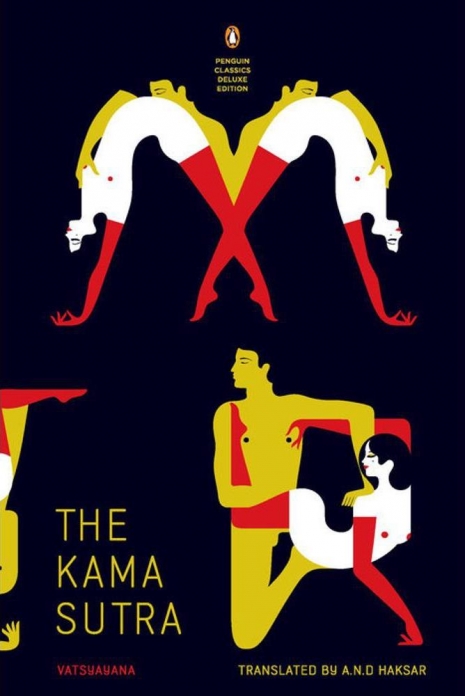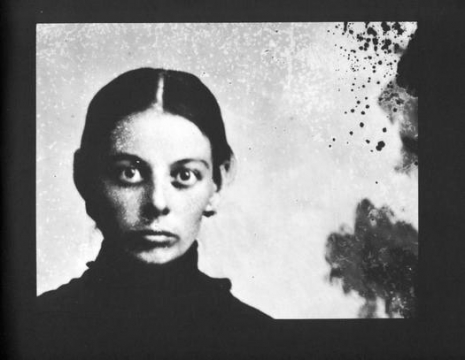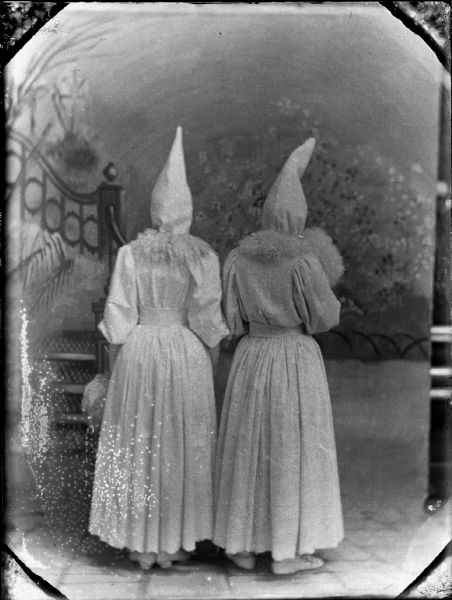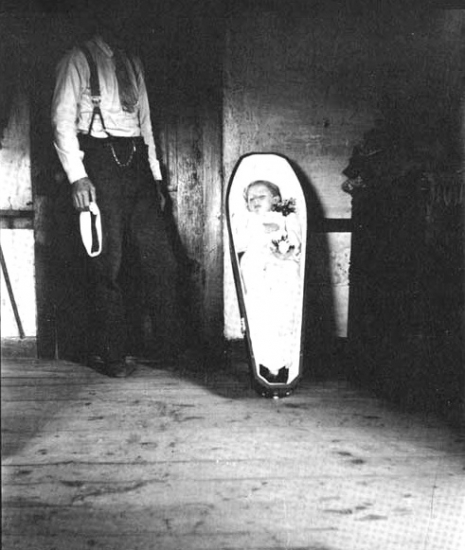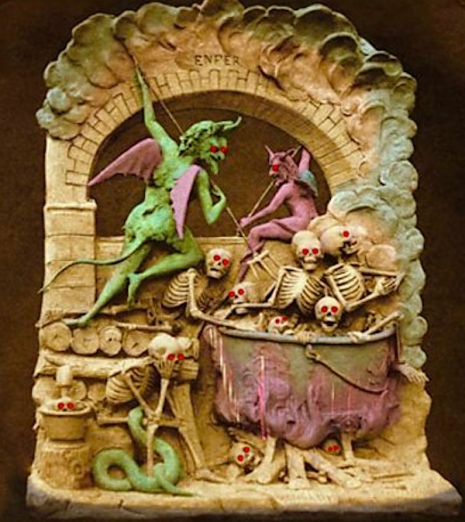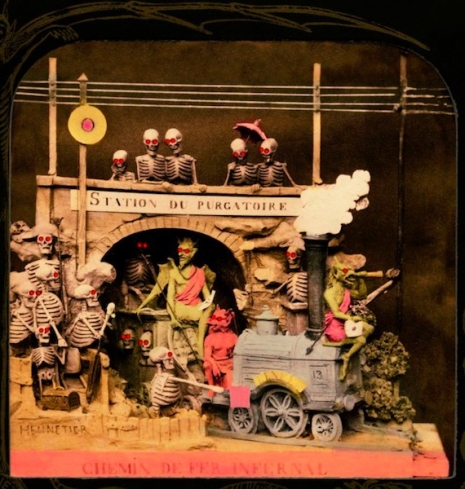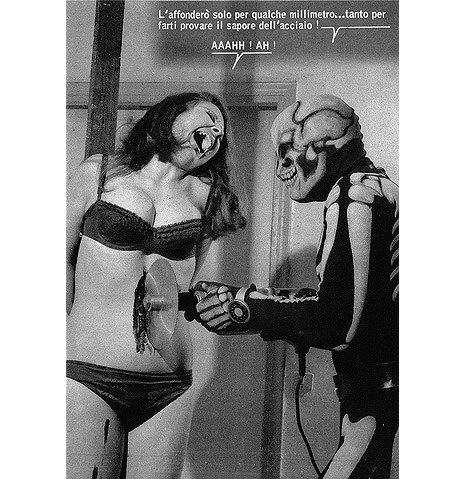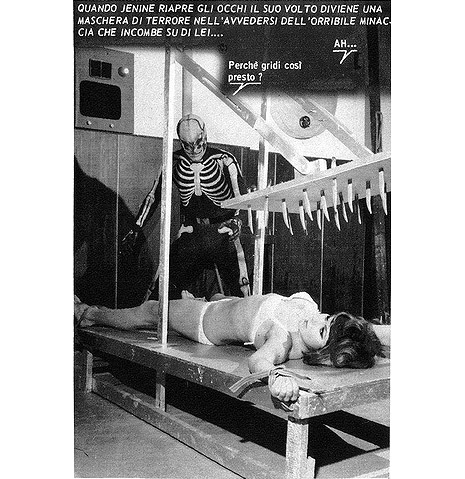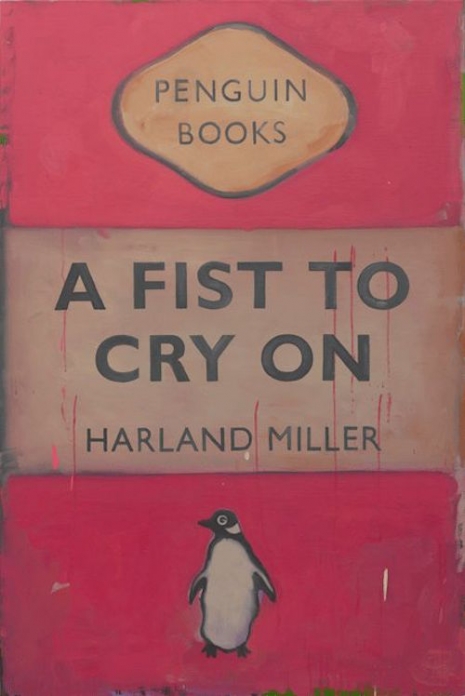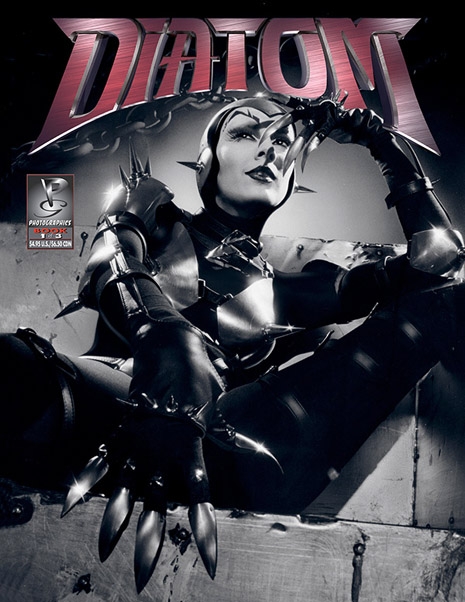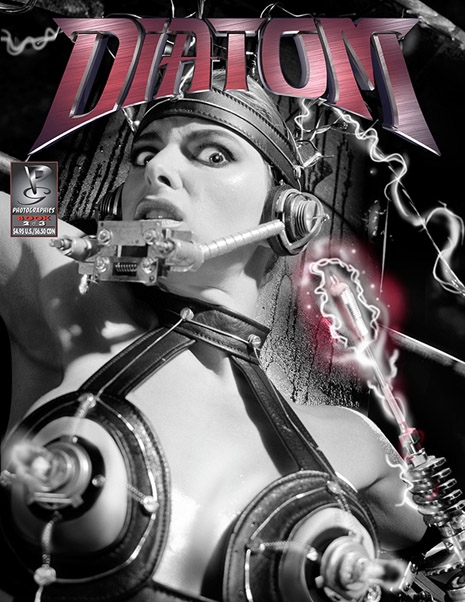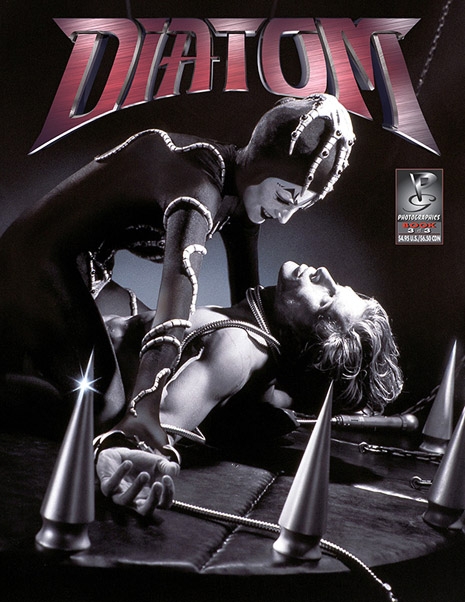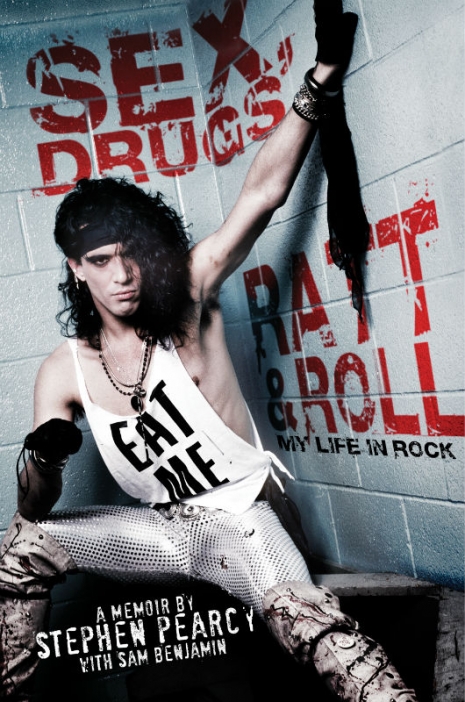
There are reports, rumors and wild speculations popping up everywhere that the undisputed kings of bedraggled pop metal Ratt are reuniting and touring in 2017. That’s good news, maybe the first good news in months. After the woeful year we’ve just had, we deserve a little Ratt n’ Roll, man. Let us not forget the plastic-fantastic majesty of mid-80’s Ratt: “Round and Round,” “Lay It Down.” “Wanted Man,” “Way Cool Jr.,” “Body Talk,” “Slip of the Lip,” “Shame Shame Shame,” “Lack of Communication,” I mean it’s endless, this parade of big dumb hits these cats laid on us. And like many survivors of the glam wars, times have not always been easy for Ratt. They barreled headfirst into the grunge era and became one of its first victims. The hits dried up, the audiences shrank, and the kids found cooler, mopier ego stars to worship. In 2001, classic-era guitarist Robbin Crosby—the preening blonde golden-god of the gang—died of a heroin overdose, after wrestling with addiction and HIV for years. The rest of the band succumbed to infighting, forming half-assed versions of Ratt and scrambling for the last scraps of faded glory as they toured dismal suburban rock dives playing the hits for wistful, middle-aged Gen X-ers. Everyone had lost the goddamn plot.
Well, fuck all that. The band (plus or minus contentious drummer Bobby Blotzer, jury’s still out) are back, presumably better than ever. They even plan on recording a new album. I am 100% sure it will be chock full of tasty, fishnetty hard rock jams. We’re all gonna get laid. Maybe your hair will even grow back.
To celebrate the impending invasion of your privacy, here are some of the best/worst moments of Ratt frontman Stephen Pearcy’s 2013 autobiography, Sex, Drugs, Ratt & Roll: My Life in Rock. I interviewed Pearcy for Classic Rock a few years ago and found him to be level-headed, enlightened, and even a little humble. None of those traits are evidenced in the book, which is all sex and mayhem, all the time. A stone-cold classic, in other words. Honestly, it might be the best (genital) warts n’ all rock bio you ever read.
Page 33, after ending up in the hospital with two broken legs at age 15 and banging the nurse who was giving him a sponge bath: “I discovered a crucial law that afternoon: Women adore broken men. They cannot resist the urge to fuck you back to health. I would use this secret off and on for the rest of my life.” Tuck that advice into your back pocket, boys
Some fashion advice (page 50): “Vests covered with pins and buttons, worn without a shirt, could always get you in the door, but on wilder, drunker occasions, bathrobes and open-necked karate uniforms were good choices.” Admittedly this sartorial advice might work best for skinny guys in hair metal bands.
Stephen Pearcy in therapy, talking about the time he partied with Ron Jeremy: “He was all sweaty and hairy, and his chick had these tits that were so fake it looked like if you grabbed them you could feel the plastic wrinkling under her skin. It was awesome.” Therapist: “Why did you want to watch?” Stephen: “Because it was cool. Because it was weird, and really gross. I’m into that kind of thing.”
On 1981: “It was a very good time to be young and in heat.”
Page 113: “Ratt had a new philosophy of heavy metal. Slay, steal, pillage, fuck, inspire twenty-chick orgies, all that good stuff. But in a classy sort of way, no devil worship.”
“You smell ridiculous, bro.” - Tommy Lee, after finding Pearcy on his living room floor.

While Pearcy rarely gets around to talking about Ratt’s music, he did write at length about shooting the cover of the first EP, which features rats crawling up model Tawny Kitaen’s legs.
Page 149: “Tawny flounced off to the dressing room, and Neil waited until she was out of earshot. “I want to throw some live rats at her,” he said. “Perfect,” I said.”
“We drank for an hour, smoking weed and listening to Black Sabbath, until a man in dented Toyota van bearing the inscription Rent-A-Rat arrived.”
“For one amazing hour, Robbin and I tossed rats at the hottest chick in Los Angeles.”
Page 167: “My doctor gave me the best advice: ‘Always look in the mouth,’ he said. ‘If the mouth’s filthy, then you’ve got a filthy snatch.’”
Page 174: “I pulled my pants down around my ankles and received the blowjob of my life while losing to Blotzer at Pong. And yet, part of me feels like I won.”
Page 183: “In a parking lot, true sluttiness knows no bounds.”
Page 206: “Connie,” I said, “You don’t want what I have.” “Oh,” she said seductively. “I wouldn’t be too sure about that, what is it?” “Diarrhea dick,” I said chummily.
Page 221: “Robbin and I became permanent fixtures at the Sunset Marquis, the bull-goose lunatics of the insane asylum. Often Robbin walked around the halls fully nude in the middle of the day. “Cover yourself, sir!” a surprised clerk yelled. Robbin just looked down at his belly, shocked to find he had no pants on. “Hey, right. I’ll go do that.”
“I got trim in here that would make you sick to your stomach.” - Rodney Dangerfield, another permanent fixture of the Sunset Marquis.
Page 226: “You know, Joe, I almost died last night. Drank some weird alcohol out of a jar with cow balls in it.”
Page 232: “And then the cup was full, on the table, yellow and stinking - seventy-two ounces of tour piss. You could smell it from a mile away. “Well,” said Joe, “who’s gonna drink it?”
“Fuck, I just got a threatening phone call from OJ Simpson.” “What the hell for?” “He says if I don’t stop seeing Tawny, he’ll cut my hands off.”
More from Ratt frontman Stephen Pearcy after the jump…










